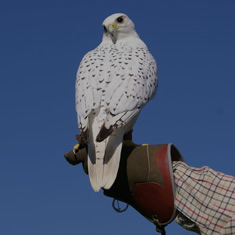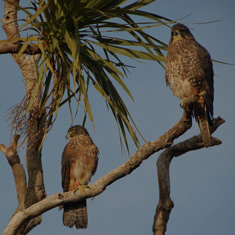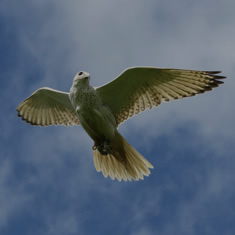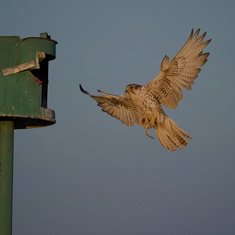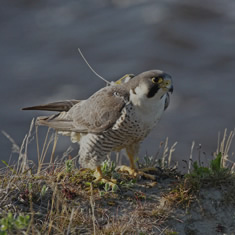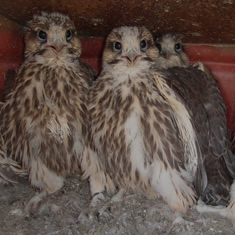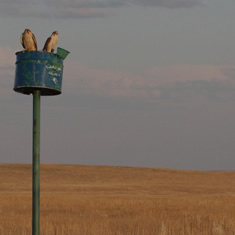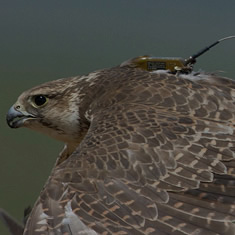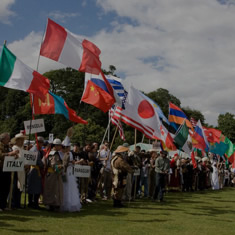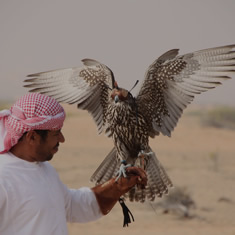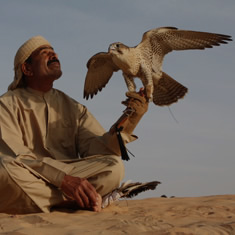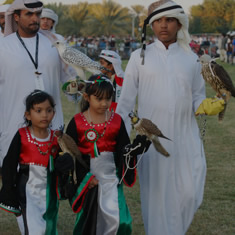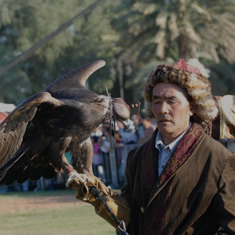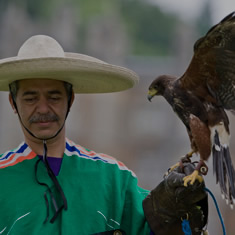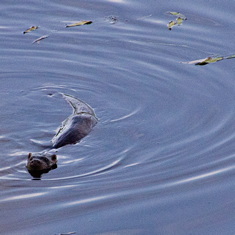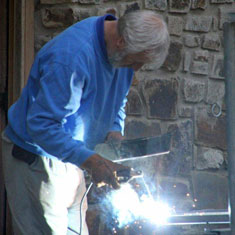- Scrub
Scrub occurs as a result of natural succession. The pioneer tree and woody shrub species such as hawthorn, gorse, willow and birch are opportunists and rapidly colonise areas of heath and open grassland. Though potentially an extremely damaging force, if kept in check, scrub can be an invaluable addition to any habitat patchwork. Providing a dense coverage from aerial and land predators, areas of managed scrub may act as refugia for many nesting birds and provide an ideal habitat for a plethora of mammals and invertebrates.
Due to the presence of nesting birds cutting and removal of scrub is only recommended during the winter months. And it is good practice when carrying out partial clearance to create edges that are as ‘natural’ and uneven as possible. The resulting recesses create sheltered areas that are ideal for certain invertebrate species. In some instances it may be possible to place cuttings beneath the existing scrub canopy and allow them to decay naturally, thereby providing even more cover for wildlife.
The following photos illustrate how scrub may appear following a period of partial clearance;
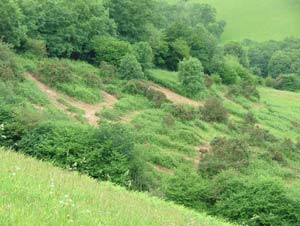

The table below lists the species found in this habitat to date:
| Common Name | Scientific Name |
| Green Bottle Large Skipper | Lucilia caesar Ochlodes venatus |
| Thick-Legged Flower Beetle | Oedemera nobilis |
| Knotgrass Leaf Beetle Yellow Dung Fly | Chrysolina polita Scatophaga stercoraria |
| Cuckoo Spit Insect | Philaenus spumarius |
| Field Grasshopper | Chorthippus brunneus |
| Nursery Web Spider | Pisaura mirabilis |
| Wolf Spider | Lycosa saccata |
| Bugle | Ajuga reptans |
| Common Spotted Orchid | Dactylorhiza fuchsii |
| Germander Speedwell Gorse | Veronica chamaedrys Ulex europaeus |
| Ground Ivy | Nepeta hederacea |
| Tormentil | Potentilla erecta |
| Yellow Pimpernel | Lysimachia nemorum |
| Yellow Rattle | Rhinanthus minor |
| Creeping Bent | Agrostis stolonifera |
| Perennial Rye Grass | Lolium perenne |
| Rough Meadow Grass | Poa trivialis |
| Soft Brome | Bromus hordeaceus |
| Timothy | Phleum pratense |
Unidentified Species

